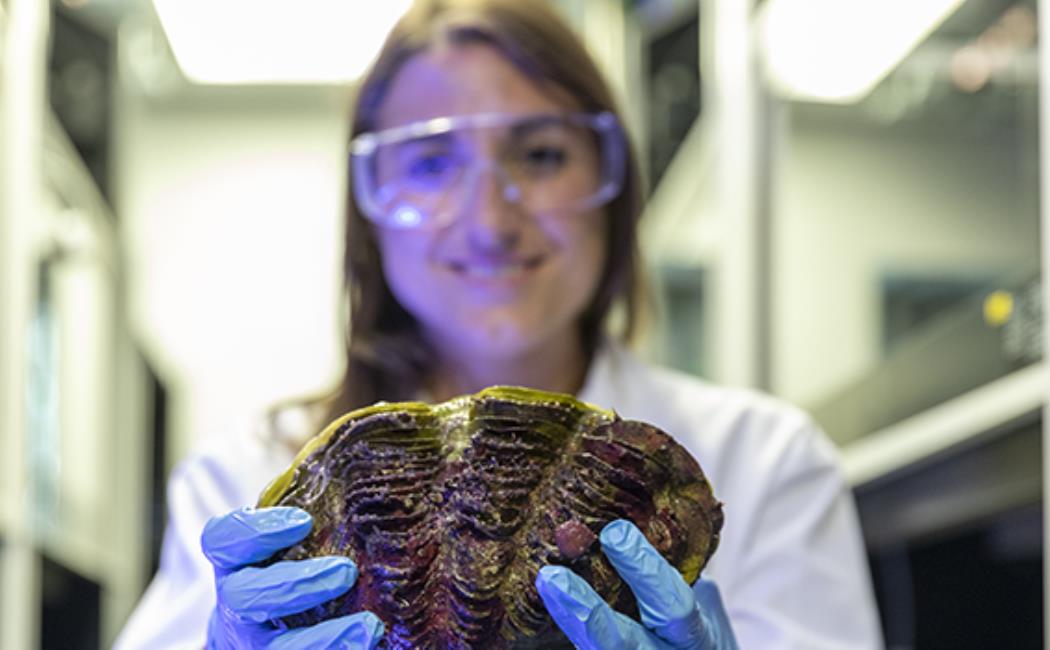
Giant clams trap marine plastics
25 September, 2019
Giant clams take up a large fraction of marine microplastics, which could help explain the mystery of the plastic that is "missing" from the Red Sea.
Researchers at the Red Sea Research Center have shown previously that the Red Sea has relatively low amounts of floating plastic debris in its surface waters, yet the reason for this has remained elusive. Now, they have assessed the role of giant clams as a potential sink for marine plastics, with some surprising results.
Twenty-four giant clams collected from the Red Sea were put into aquariums with plastic beads from 53 to 500 micrometers in size—the size range reported as missing from the Red Sea in a 2017 survey. By measuring the change in microplastic concentration after 12 days and counting the beads in the clams’ digestive system and on their shells, they assessed how much plastic the clams captured.
Click here to read the full story
Image: Silvia Arossa presents a giant clam similar to those used in the team's investigation.
© 2019 KAUST